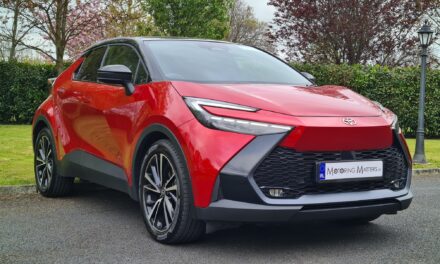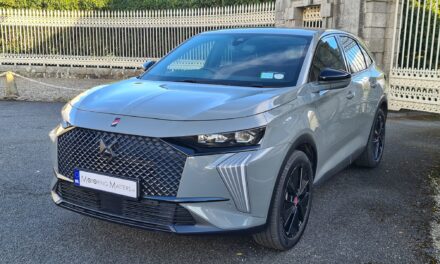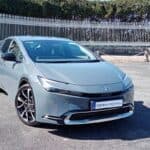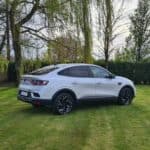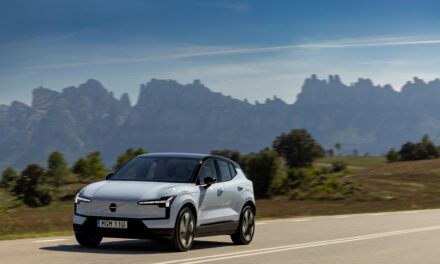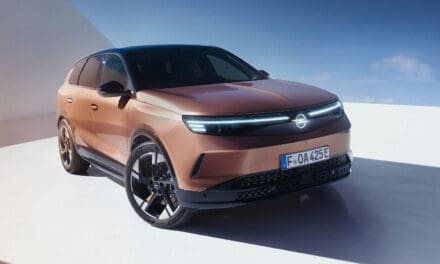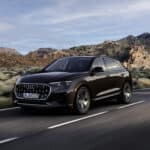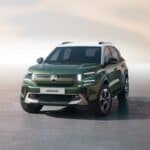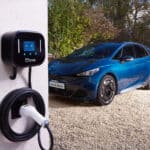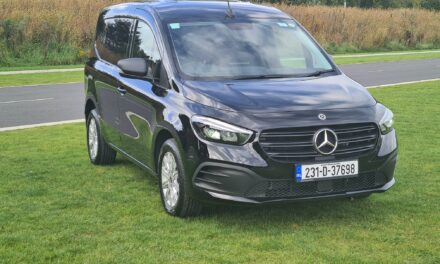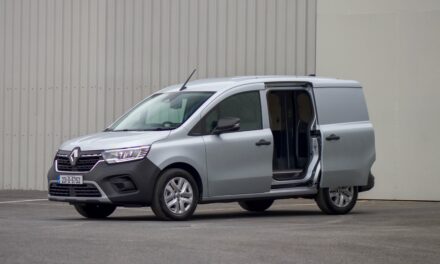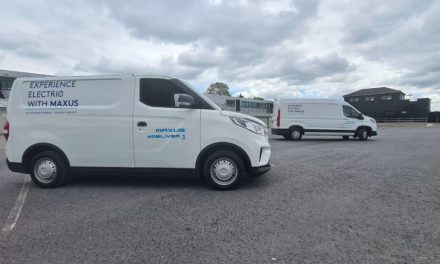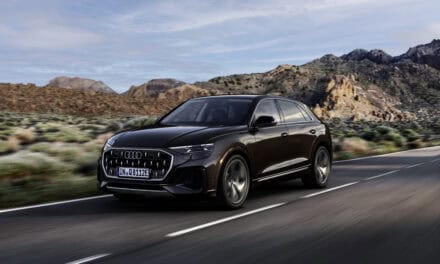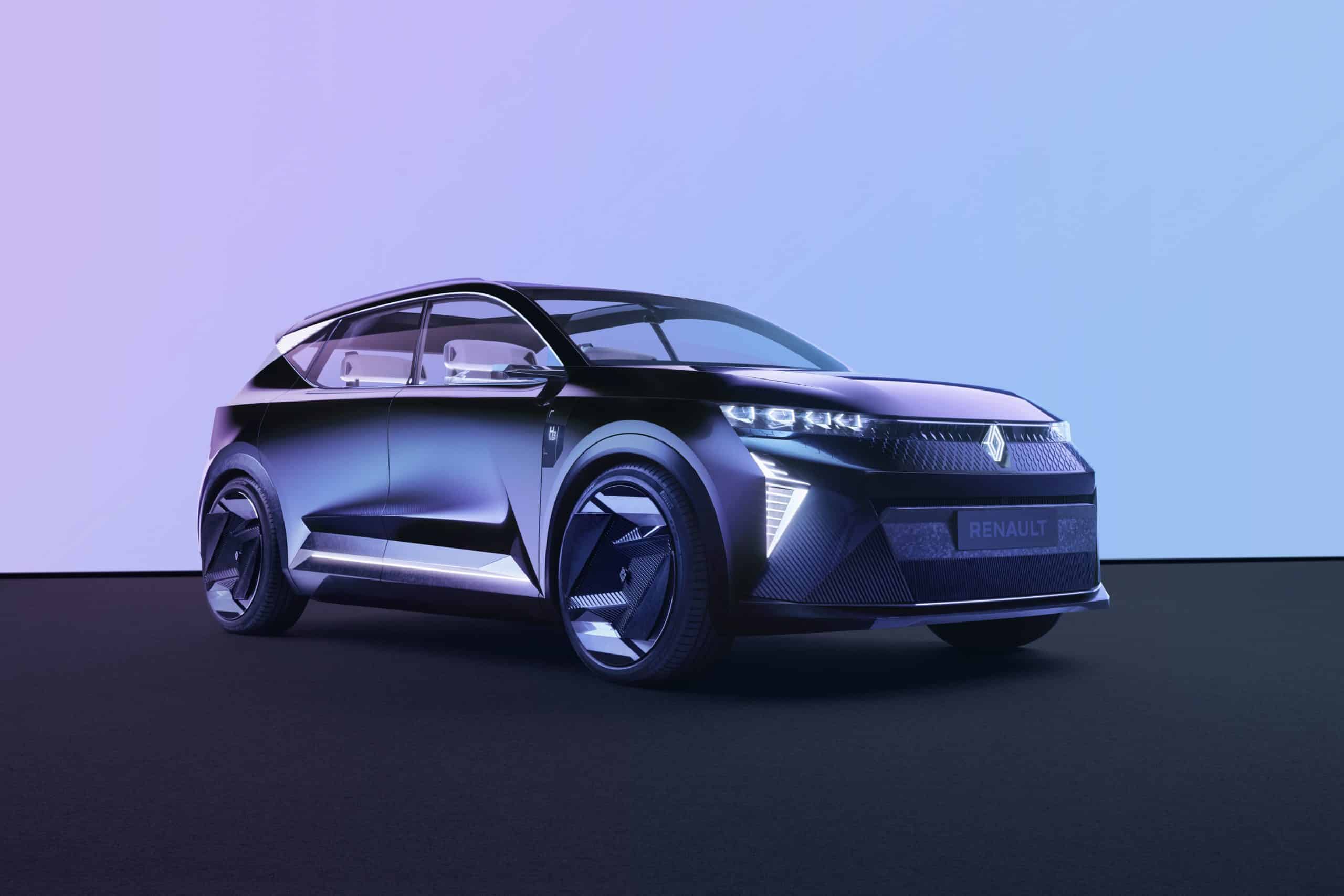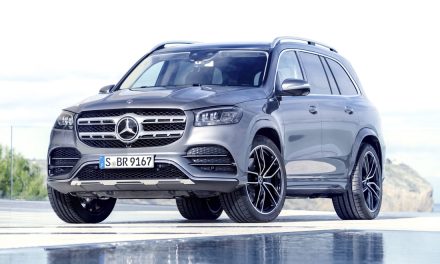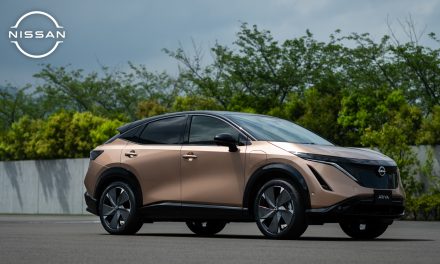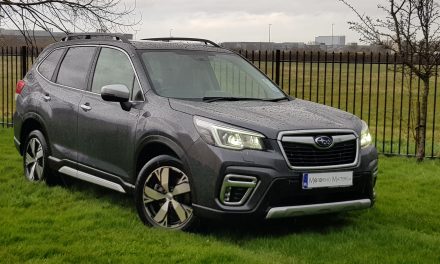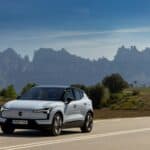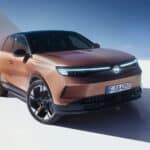
Renault Scenic Vision Concept Car Points Towards The Future.
RENAULT SCENIC VISION CONCEPT CAR.
- Renault Scenic Vision concept car epitomises the brand’s vision for a greener, safer and more inclusive future
- Electric and hydrogen powertrain optimises usability and environmental compatibility
- Designed to have a carbon footprint that is 75 per cent less than a conventional electric car
- Onboard technology enhances driver and passenger safety, reducing accidents by 70 per cent
- More than 70 per cent of the materials in the Renault Scenic Vision are renewable
- 95 per cent of the Renault Scenic Vision is recyclable, including its battery
- Futuristic exterior design provides a preview of an all-electric model that will be unveiled in 2024
- Renault aiming for an entirely electric range by 2030
Renault is writing a new chapter in its history with the Scenic Vision, an innovative concept car that brings the brand’s vision for a greener, safer and more inclusive future to life.
The Scenic Vision embodies the brand’s sustainable development commitments and encapsulates them in a single vehicle. Its intelligent design and manufacture incorporate methods that the Renault Group and its brands will use to achieve carbon neutrality in Europe by 2040 and worldwide by 2050. Notably, this includes Renault aiming for an entirely electric range by 2030.
Outside, the Scenic Vision showcases Renault’s future all-electric family cars. Inside, it invites travellers into a new time, a future where technology and innovation will make the world more sustainable and more environmentally-friendly.
The Scenic Vision concept car brings the most futuristic decarbonisation technologies to life today, and it embodies the three pillars of Renault Group’s sustainable development strategy: carbon neutrality, safety and inclusion.
For example, 70 per cent of its materials are recycled and 95 per cent are recyclable – contributing directly to resource preservation. As a hybrid, utilising both electric and hydrogen power, it requires fewer and shorter stops. Its carbon footprint, including the battery, is much smaller, being 75 per cent lower than that of a conventional electric car and being a zero-emission car (in production and in use).
The technology in the car enhances driver and passenger safety by reducing the number of accidents by up to 70 per cent. The design of the Renault Scenic Vision also mirrors the development teams’ intention to create a car that is unique, accessible to all and right for everyone.
RENAULT SCENIC: THE CAR FOR LIFE AND FOR LIVING IS BACK
An invitation to travel. This was the first Scenic concept car’s promise more than 30 years ago in 1991. Renault invented the compact minivan with a friendly family car that treated everyone to a one-of-a-kind travel experience – for life and living. With the new Renault Scenic Vision concept car, this car for life and for living is back, encapsulating a new vision for the family car.
Its exterior design provides a preview of an all-electric model that will be unveiled in 2024. This C segment vehicle designed for long family journeys will come with all the advantages of the CMF-EV platform and will take well-being on board to new heights.
Renault Group is aiming for carbon neutrality throughout its operations in Europe by 2040 and worldwide by 2050. To get there, it is reducing carbon emissions across the board: through the materials and components it buys, the processes at its production sites, its cars’ emissions on the road, their second life and their recycling processes. The vehicle’s entire lifecycle has been optimised to meet this ambitious objective.
Renault Scenic Vision captures this view of decarbonisation with a zero-emission power system, low-carbon materials and responsible manufacturing processes in carbon-neutral plants. Renault Scenic Vision is aiming for a 75 per cent smaller carbon footprint than a conventional electric vehicle.
ELECTRIC PLEASURE FACILITATED BY HYDROGEN
The Renault Scenic Vision concept car is powered by a one-of-a-kind hybrid – electric and hydrogen – propulsion system. It has a new-generation motor, a smaller battery and a fuel cell running on green hydrogen. It is ushering mobility into a completely new age, which the Group believes is viable for the coming decade.
Renault Scenic Vision’s 160 kW electrically excited synchronous motor derives directly from the All-New Renault Mégane E-Tech Electric’s motor and is made at the plant in Cléon. It uses no rare-earth elements, which helps to reduce its carbon footprint and create a responsible and sustainable ecosystem. The 40 kWh battery is recyclable and will be made in France by 2024 at the Renault ElectriCity Gigafactory. It is lighter, smaller and costs less than a battery for a similar electric vehicle. It also has a 15 kW fuel cell to recharge it during long drives and thus extend its range. In 2030 and beyond, once the network of hydrogen stations is large enough, it will be possible to drive up to 800 km, with the hyrdrogen tank able to be refilled in five minutes or less.
Hybrid electric and hydrogen technology complements the all-electric range, with the advantage of shorter stops and a smaller carbon footprint, making it perfect for long journeys. And, as it runs on green hydrogen, the car is a perfect fit for Renault Group’s objectives for decarbonised mobility.
A singular and specific platform to include hydrogen
Renault Scenic Vision has an all-new platform that is currently in the prototyping phase at Renault Group’s innovation labs. The platform is purpose-designed to fit all the components: the electric motor, hydrogen engine, battery, fuel cell and hydrogen tank. The engine is at the rear, so there is enough space for the 2.5 kg hydrogen tank at the front; the fuel cell is under the floor, at the back of the platform, behind the battery.
Optimal travel times
This propulsion system’s operation is simple and efficient. The car can be driven as a conventional electric vehicle, without using the fuel cell, on daily trips. When there is a requirement to travel longer distances, a route planner calculates the power the fuel cell needs to supply to keep the battery charged for longer, so that there is no need to charge it on the way. The point of using the fuel cell on long journeys is that it’s quicker to top up the hydrogen tank than to charge the battery. This way, there is no need to charge the battery until the car reaches its destination. When the weather is cold, the hydrogen range-extender also keeps the battery at the right temperate for optimal operation and extra range.
Unrestricted driving
Renault Scenic Vision’s hybrid electric and hydrogen powertrain has all the advantages of electric motors: instant acceleration, less noise and no vibration. And no pollution, because the car discharges nothing but water when you use it. There are several advantages to this platform and this new kind of propulsion system: you can drive long distances only stopping briefly to fill the hydrogen tank (roughly every three hours) and they provide an appealing alternative to all-electric motors – even though they are still in the exploratory phase.
ZERO-CO2 PRODUCTION: A RESPONSIBLE INDUSTRIAL ECOSYSTEM
Do more with less: Renault Group’s approach to reducing CO2 emissions throughout its vehicles’ lifecycle. It has made this pledge alongside its suppliers, so everyone in its value chain is aiming for a responsible and sustainable ecosystem together.
Carbon-neutral plants
Renault Scenic Vision was designed for local and responsible production in low-carbon plants. The three plants in the ElectriCity hub will be carbon-neutral by 2025 and all the plants in Europe will follow by 2030. The Flins Re-Factory will be Europe’s first decarbonised plant dedicated to the circular economy.
Lower-carbon batteries
Renault Group is developing green, low-carbon and responsible batteries. It has rearranged its entire value chain to preserve resources and cut carbon emissions. The Renault Scenic Vision concept car is tapping into all the options that have been identified so far through the strategic partnerships that Renault Group set in motion in the past. The aim is to reduce the batteries’ carbon footprint by 60 per cent, both by decarbonising the energy used to assemble them and with a more responsible supply chain.
Lower-carbon materials
Extraction of raw materials and production of parts accounted for 15 per cent of the carbon footprint of Renault Group vehicles in 2020. Embarking its 15,000 suppliers on a campaign to reduce that environmental impact is one of the strategic priorities.Six materials and components add up to 90 per cent of the carbon footprint of purchases: steel, aluminium, polymers, electronic components, glass and tyres. By focusing efforts on these six materials and components between now and 2030, Renault Group aims to shrink this carbon footprint by 30 per cent.
The Group aims to increase the percentage of recycled materials in new vehicles, relative to mass, to 33 per cent by 2030.
Renault Scenic Vision is showing the way with unprecedented rates: more than 70 per cent of its total mass is renewable and recyclable materials, and 95 per cent of the materials in its design – including the battery – are reusable, recoverable and/or recyclable*. This is a virtuous circle for the environment and for Renault Group. Component and battery dismantling and recycling activities at the Flins Re-Factory will generate over €1 billion in revenue in 2030.
Resource conservation and recovery are deeply entrenched in this model. It has intelligent charging capabilities and in due course will be able to feed energy back into the power network using vehicle-to-grid (V2G) technology if needed. The know-how that Renault and the Group’s new brand Mobilize can pool in battery management (second life, recycling, etc.), charging convenience and choice of charging options (at home or on the road) covers the entire cycle and value chain.
RECYCLABILITY: THE CONCEPT CAR THAT SHOWS THE WAY
A full 95 per cent of this concept car’s materials – including the battery – are recyclable. This new approach to design looks beyond the vehicle and includes previously unexplored ventures and technologies. The exterior materials (steel, aluminium, carbon fibre and plastics) can all be recycled at the end of their life. Everything inside is designed responsibly. For example the foams, fabrics and stitching on the light beige seats are made of the same material, produced from fully recycled and recyclable plastic.
Renault Scenic Vision is engineered to be environmentally-friendly, and easy to recycle at the end of its life.
A second life for the batteries
Estimates suggest that the number of electric vehicles on Europe’s roads will increase tenfold between now and 2030, from 10 million to 100 million. Renault Group is the first carmaker to work on the full battery lifecycle. It has thus developed solid expertise in increasing their durability and using them for a wider variety of purposes. Once a battery is no longer fit to power a vehicle, its energy can be reused in stationary storage solutions in homes or offices, or elsewhere (in boats, refrigeration systems, machinery or airport logistics, for instance).
RECYCLED MATERIALS: EMBRACING TRAILBLAZING PROJECTS
More than 70 per cent of the materials in the Renault Scenic Vision are renewable and/or recycled. It has for example adopted materials from the aviation or food-processing industry. Creating this global ecosystem, where materials from various sectors are transformed to be used in new ways, is another step towards a more responsible and sustainable world.
A HIGHLY EXPRESSIVE GRAPHIC UNIVERSE
The unique design of the Renault Scenic Vision is heightened by the choice of colours, where black and white create a singular graphic universe. Shades of black on the outside, and white on the inside, offer a contrast of light and dark that reflects the design team’s wish for this concept car to be a work of art where artistic expression takes to the fore. On the outside, black hues are enhanced by an array of pigments and reflective paints that highlight the sculpted forms, where light and shape interact, giving rise to new surfaces.
Inside, the feeling of space and light is embodied by a predominantly white interior. Black highlights stand out on the structural features, encouraging a more intuitive use of the vehicle’s functionalities and a more user-friendly approach to the space. Colour is brought into the space through an ingenious idea: dichroic panels. Installed on door panels where they reflect light, they give off a rainbow of colour, without the use of pigments. The high-tech feel reinforces the interior’s graphic feel. Finally, the car’s two primary colours are featured on the floor panels, creating a bridge between the interior and exterior.

